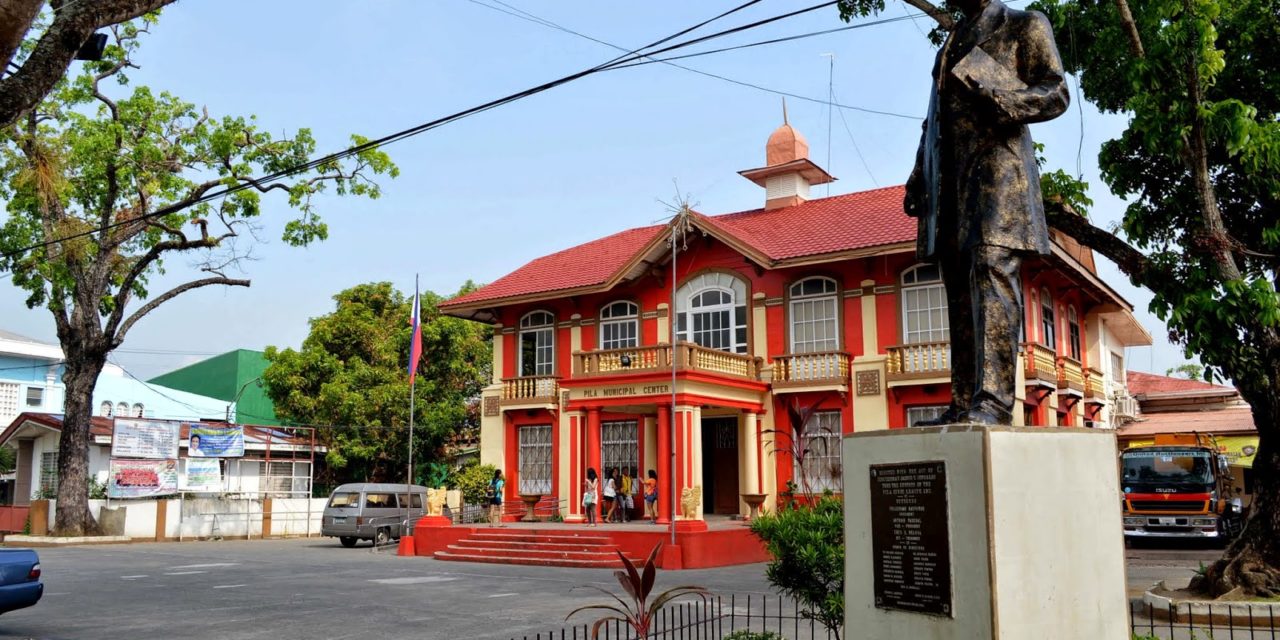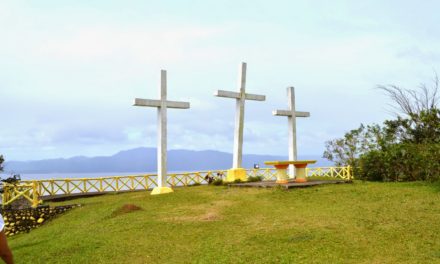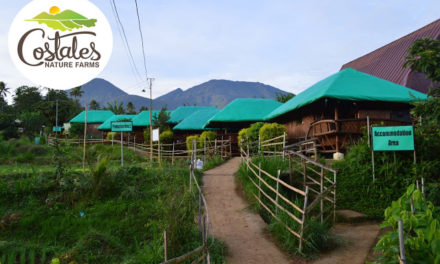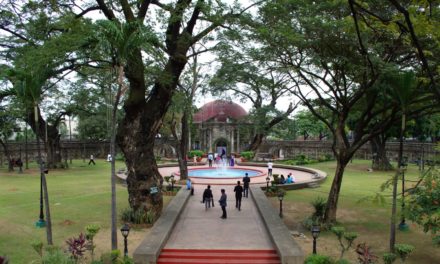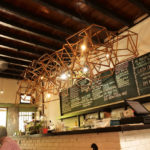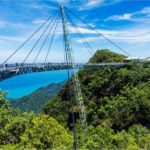When I stepped out of the bus that stopped beside the Pila Town Plaza, I was bewildered and confused. I do not know where to go and where to start in Pila, a town Laguna declared as La Noble Villa de Pila by the Spaniards due to the refined customs, manners and tradition of its people. The town is a model town of the Indies that dates back during the Spanish Colonial Regime. The rich customs of the town is transcribed in the stones of its church, its houses and its streets.
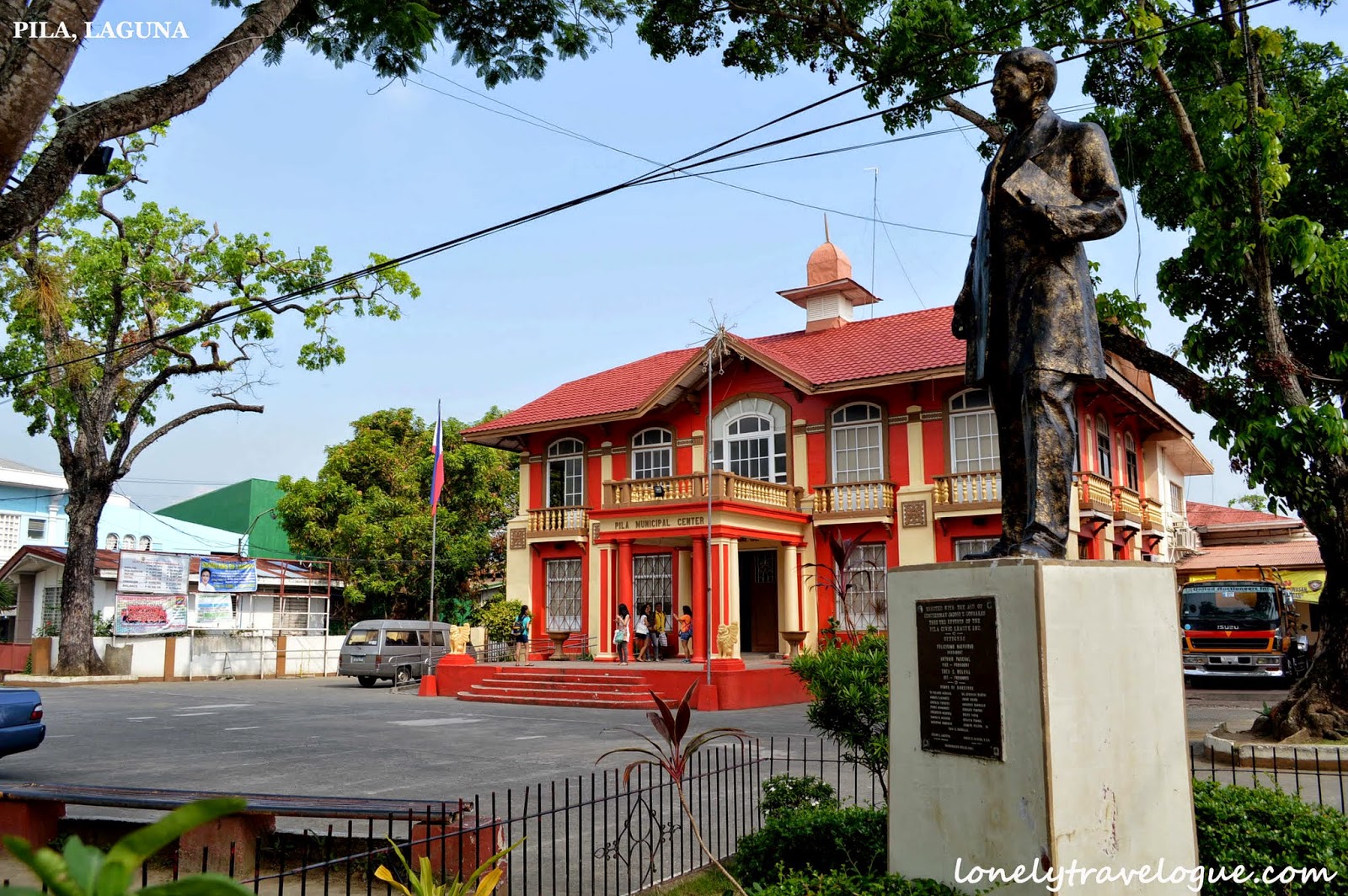
Municipal Center
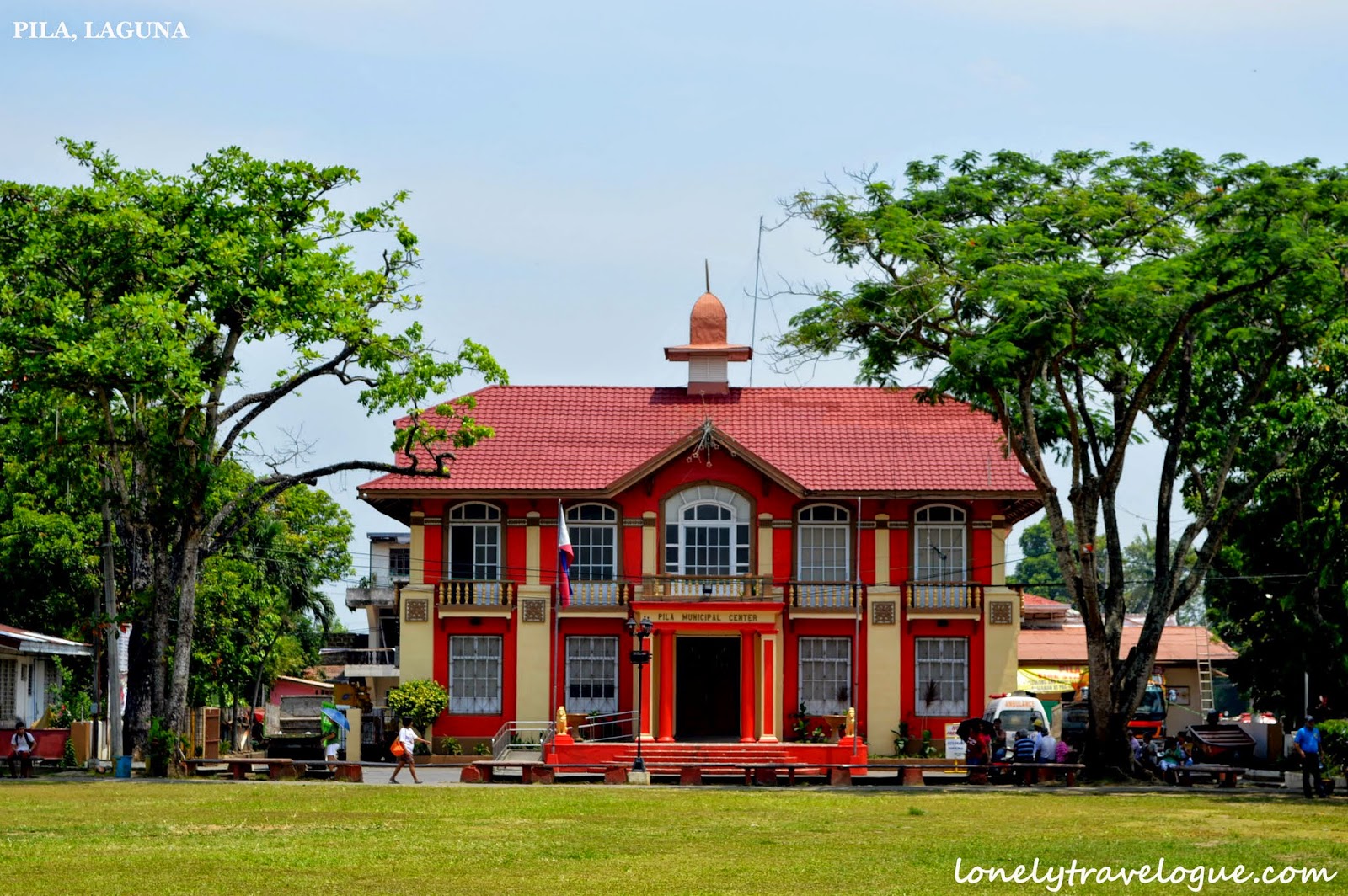
The present location of the town is donated by the Don Felizardo Rivera who was later declared as the founder of the town. Written and oral history would say that Pila was moved twice due to the flooding of Laguna de Bay. Artifacts, which is a proof of early settlements in Pila during the late Tang Dynasty was excavated in Pinagbayanan at the banks of Laguna de Bay – a proof of pre-Hispanic civilization.
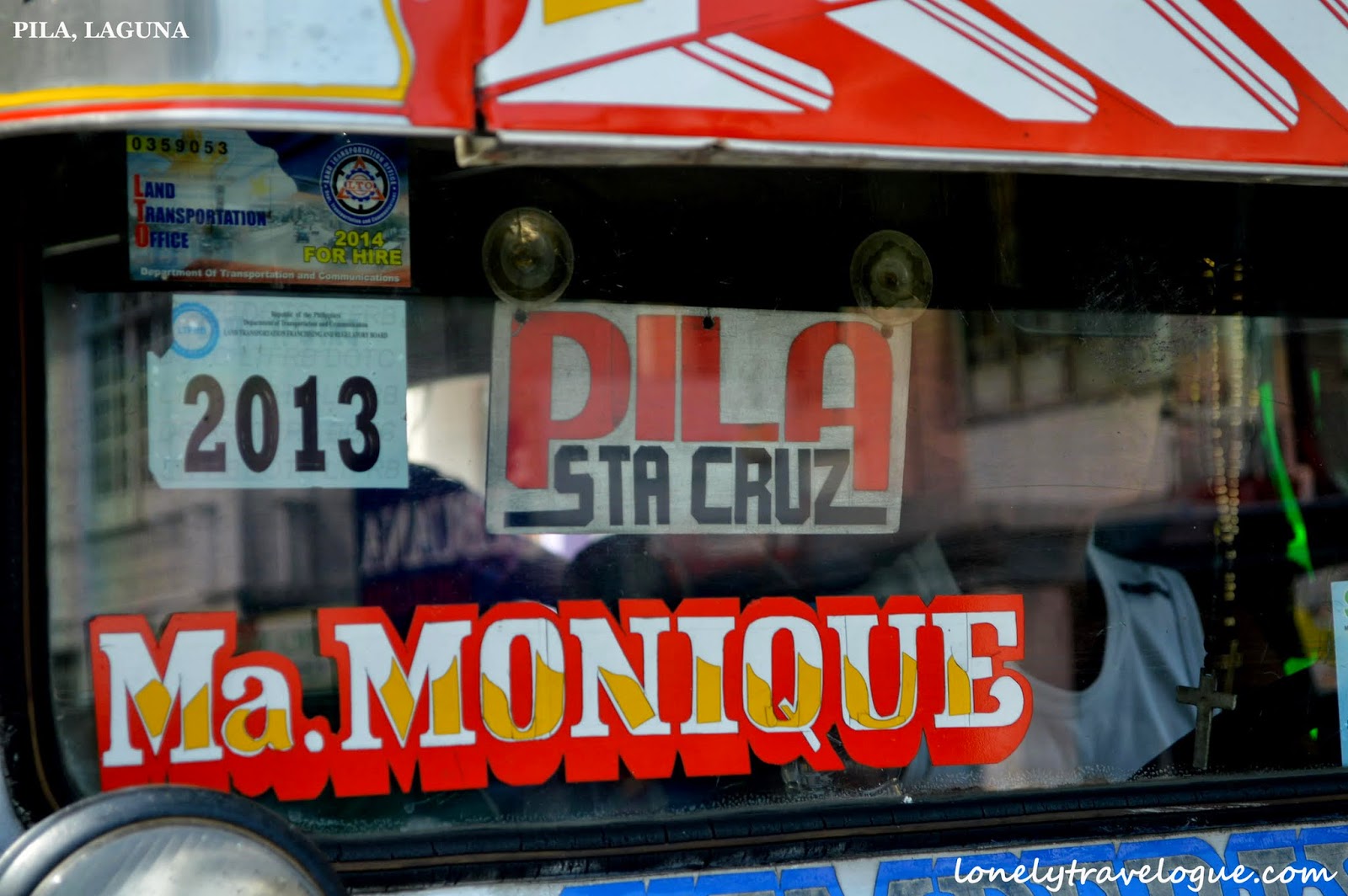
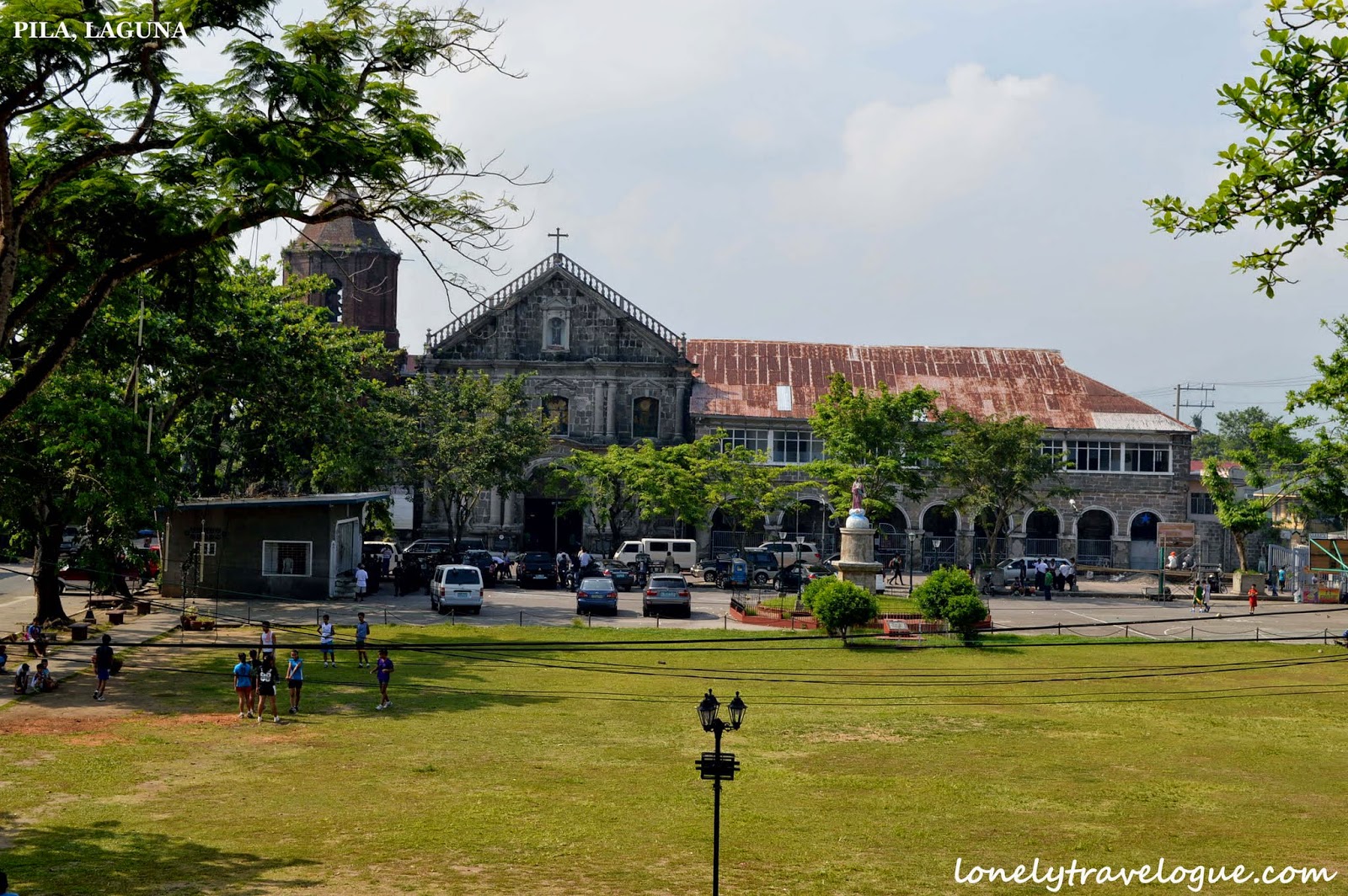
Town Plaza
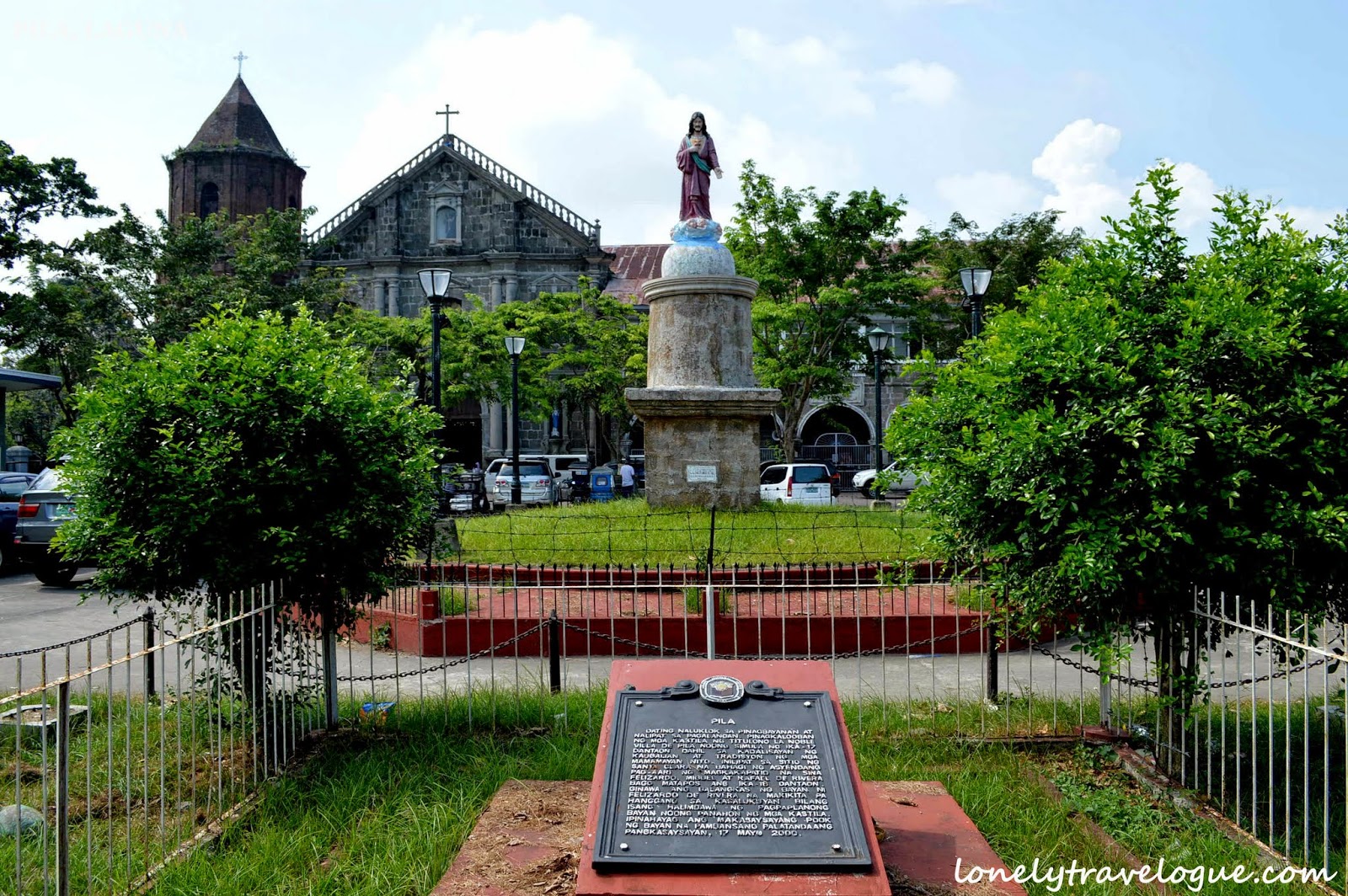
National Historical Institute inscription Today, the town is standing in former Hacienda de Sta. Clara of the Rivera’s. The American chalets (type of houses build by the Americans) in the Town of Pila are bearers of history and culture of the Tagalogs and the Filipino people.
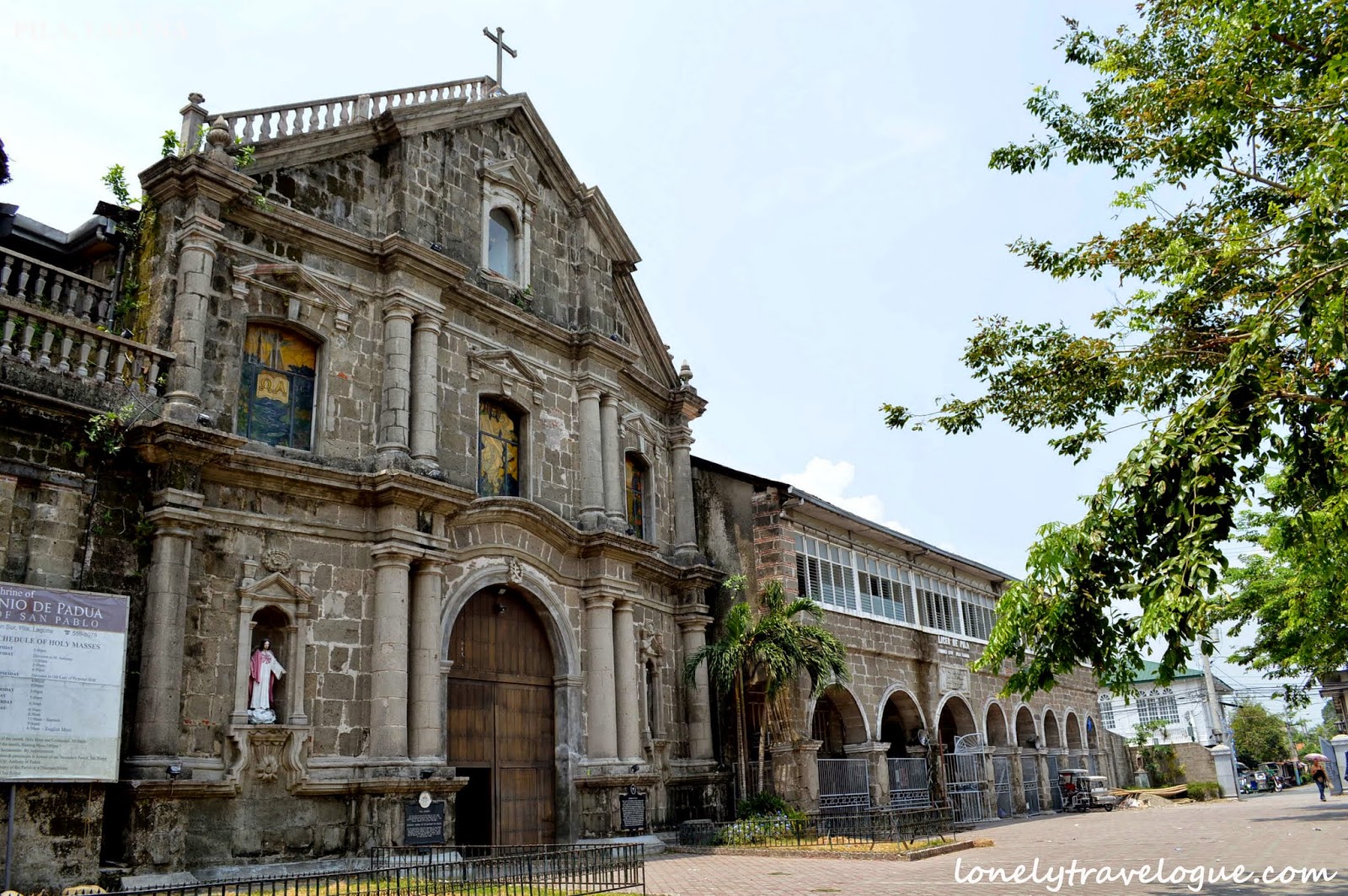
San Antonio Padua de Pila Church of Pila. Built in 1849.
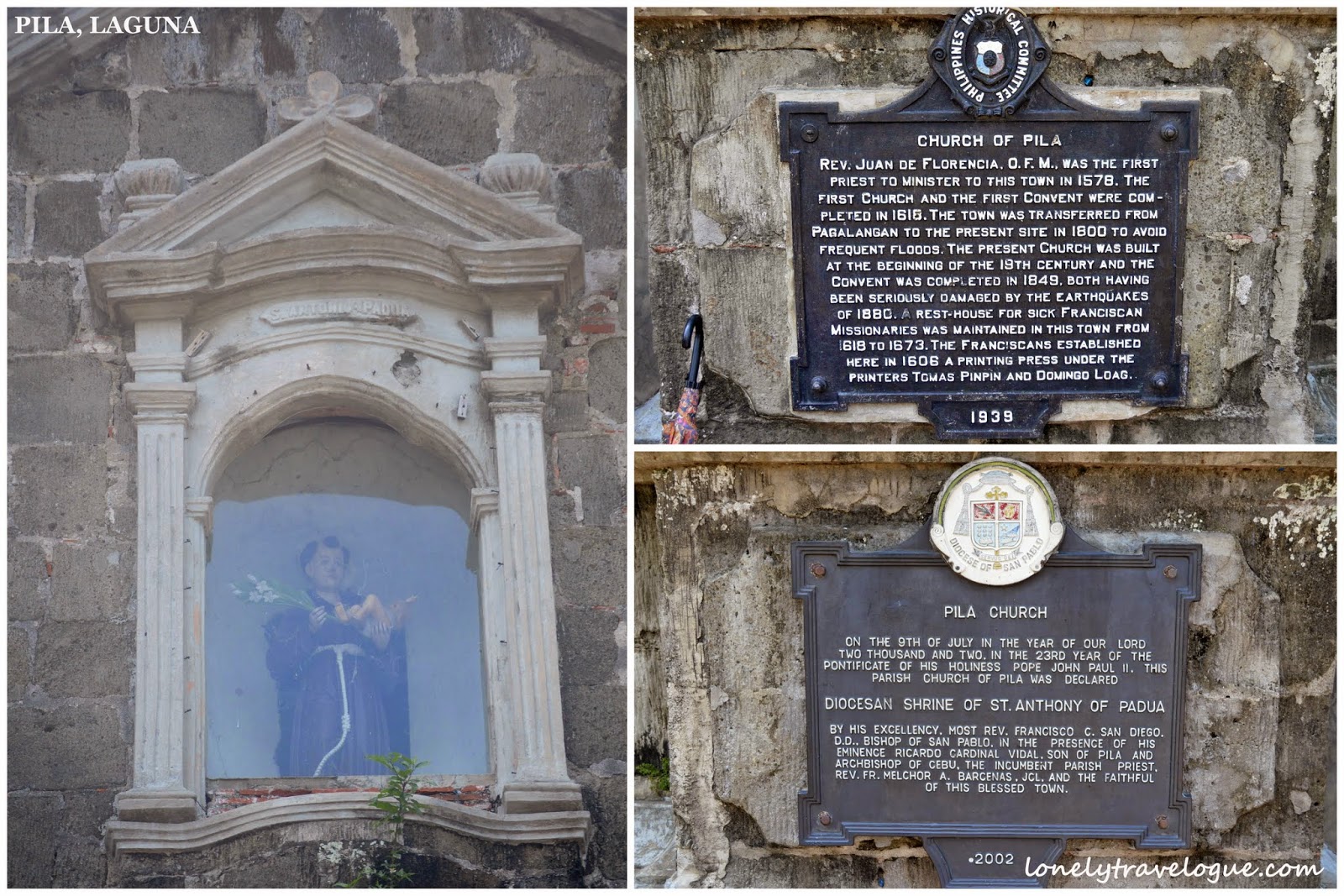
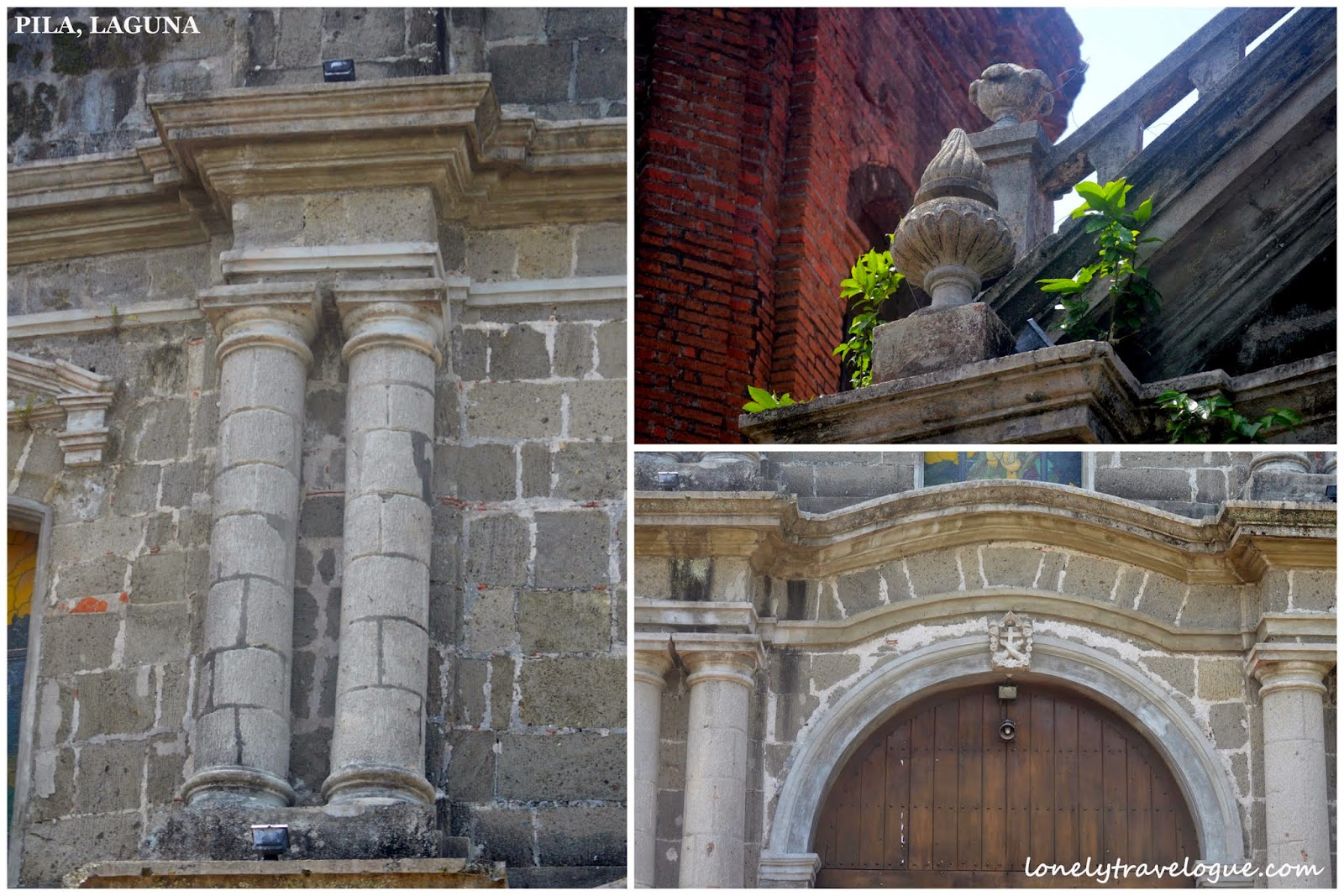
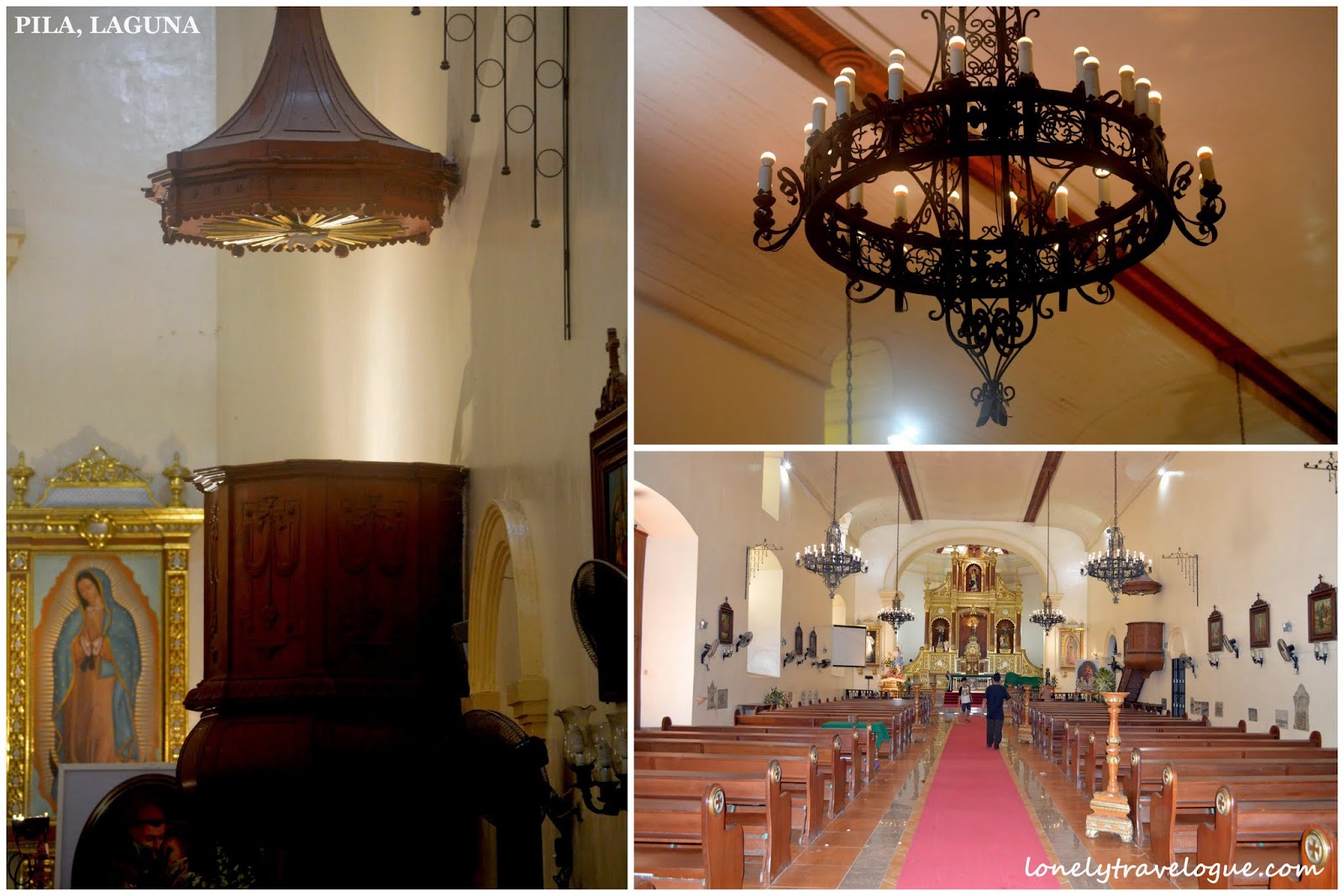
The whole Town of Pila along with numerous structures with in the Municipal Plaza radius was declared by the National Historical Institute as a national historical landmark in the year 2000. Thus the purpose of our visit in the town are the old ancestral houses build during the Spanish and American regime.
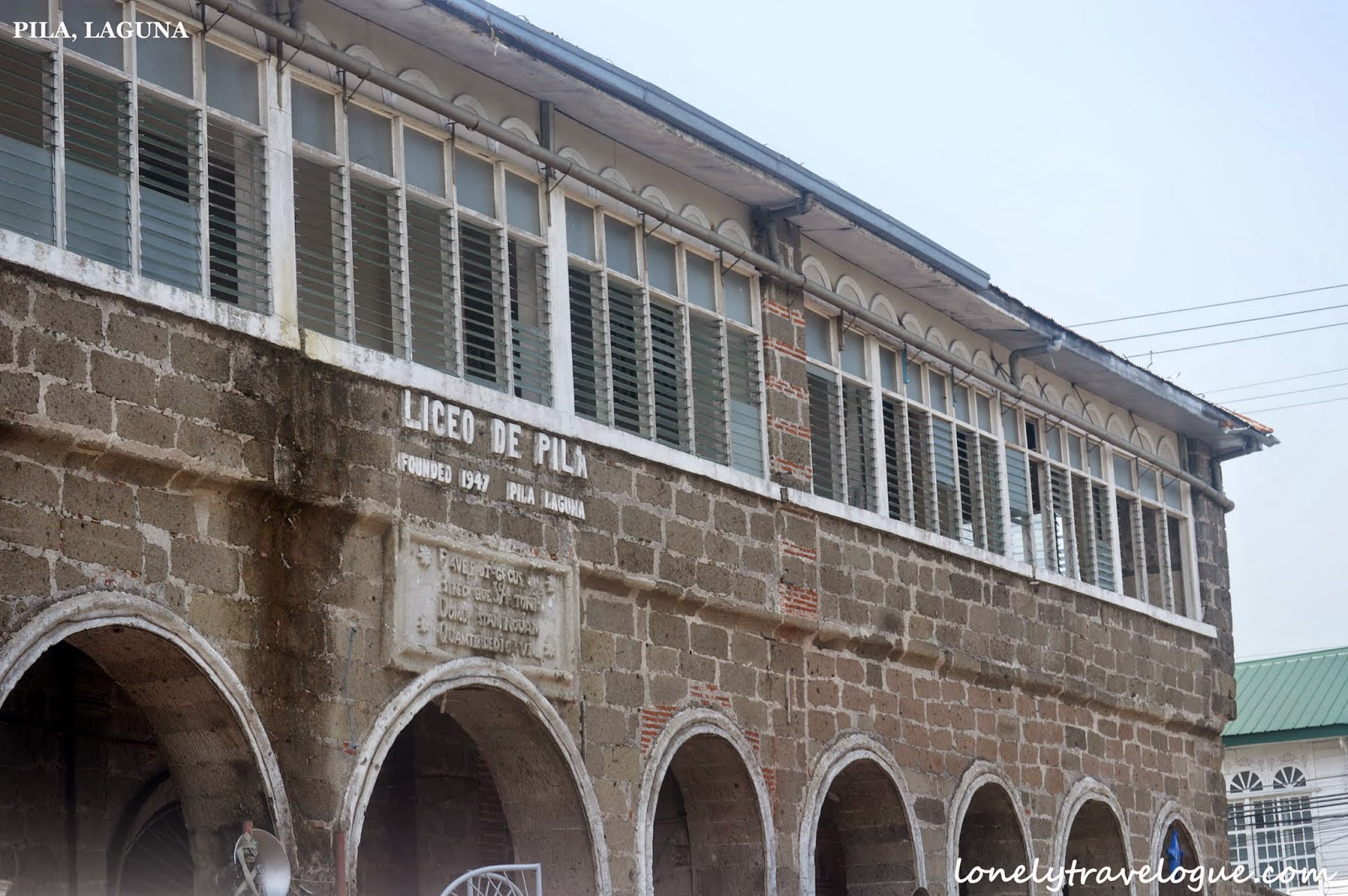
Liceo de Pila
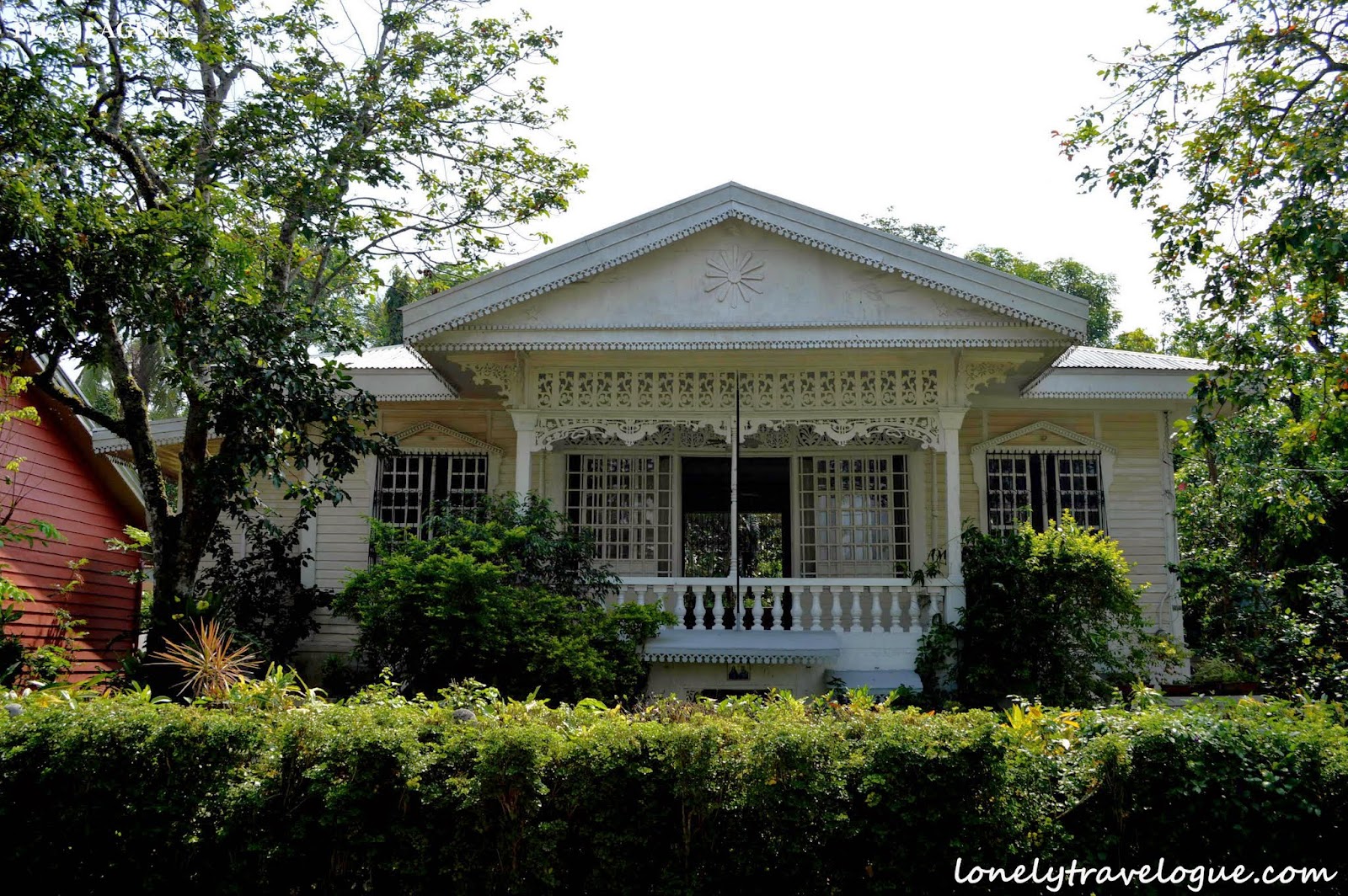
Jose and Rosario Agra House/White House of Pila
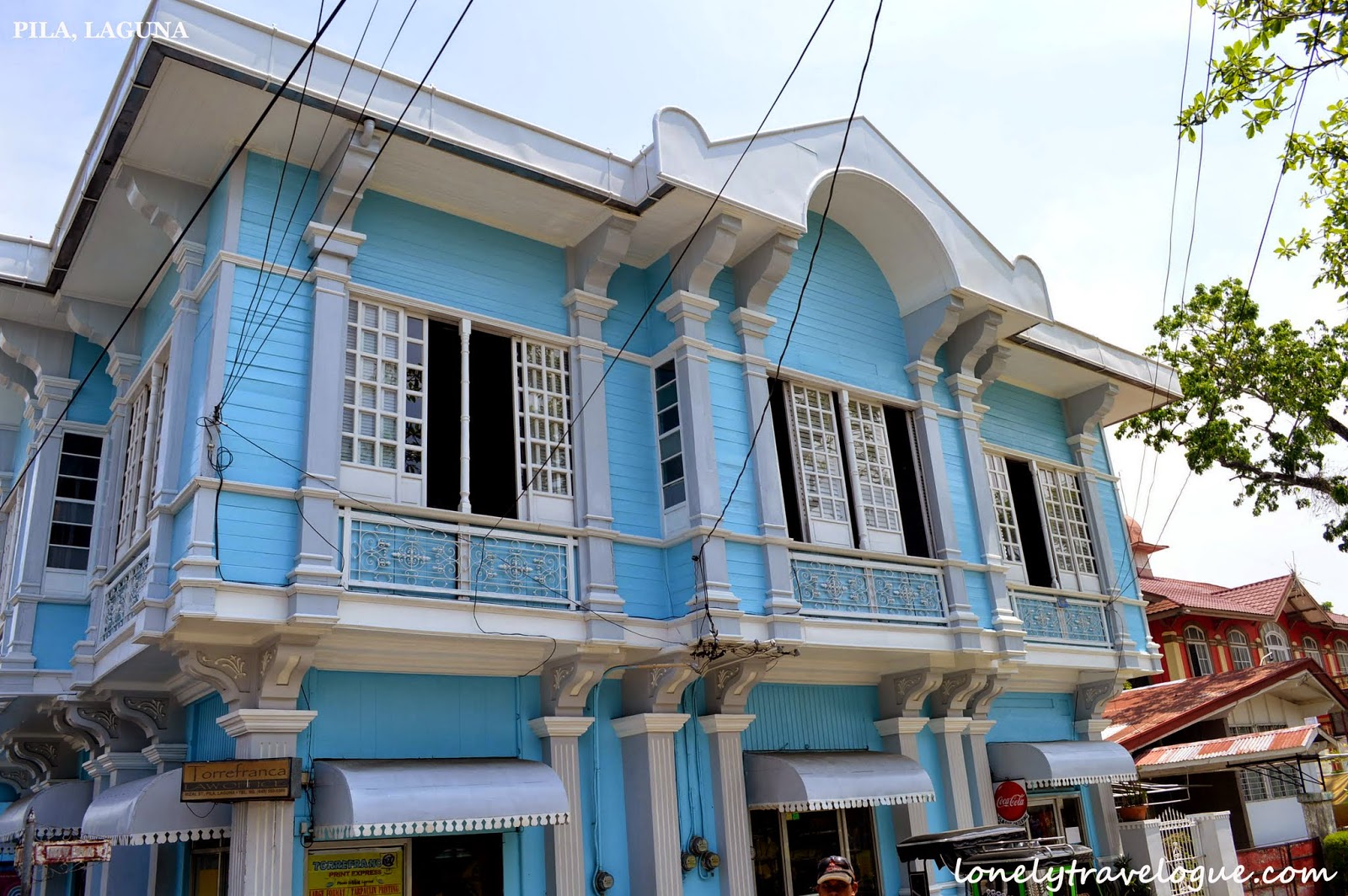
House number 1 in Pila
Row of houses that dates back in the early 1900’s will wow every visitor of the town. Starting from the diversion road down to the Town Plaza every colorful houses are intact and preserved and are being used as a residential house and/or as commercial establishments. Good thing though that the houses in Pila where spared from the bombing of the Japanese Imperial Army during the World War II.

Old houses or Ancestral houses are reflections of the lives of our forefathers. These houses are what the texts in books are talking about. This is our history made alive by the big capiz window, the grand stairs as the center of the house, the wooden flooring made from hard wood of the forest and most importantly the spirit of the lives by the noble families that lived there. We should allow ourselves to see these houses and indulge in the glorious past through the ancestral houses thus preserve it for the next generation.
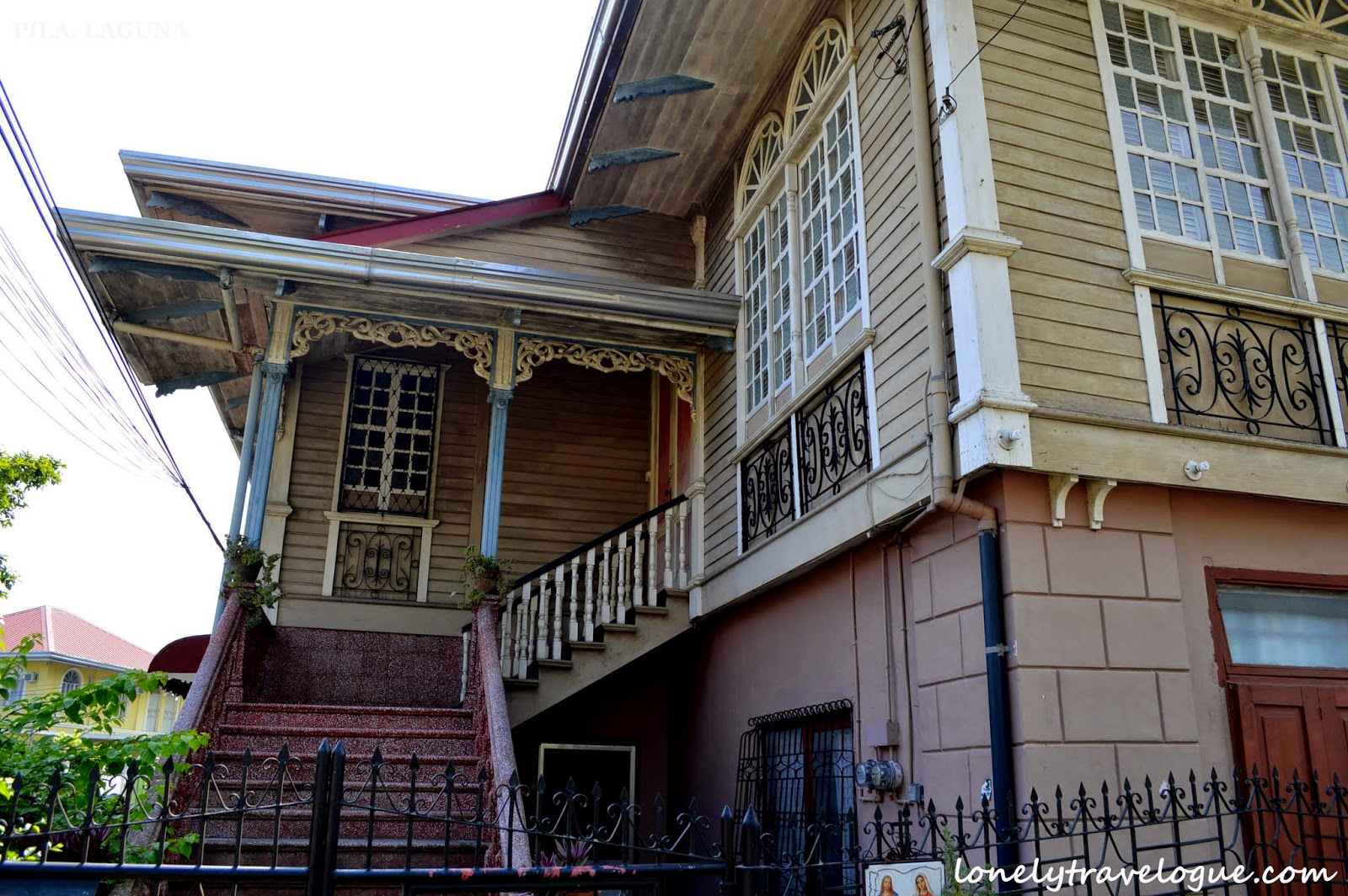
Teodoro and Soledad Alava House
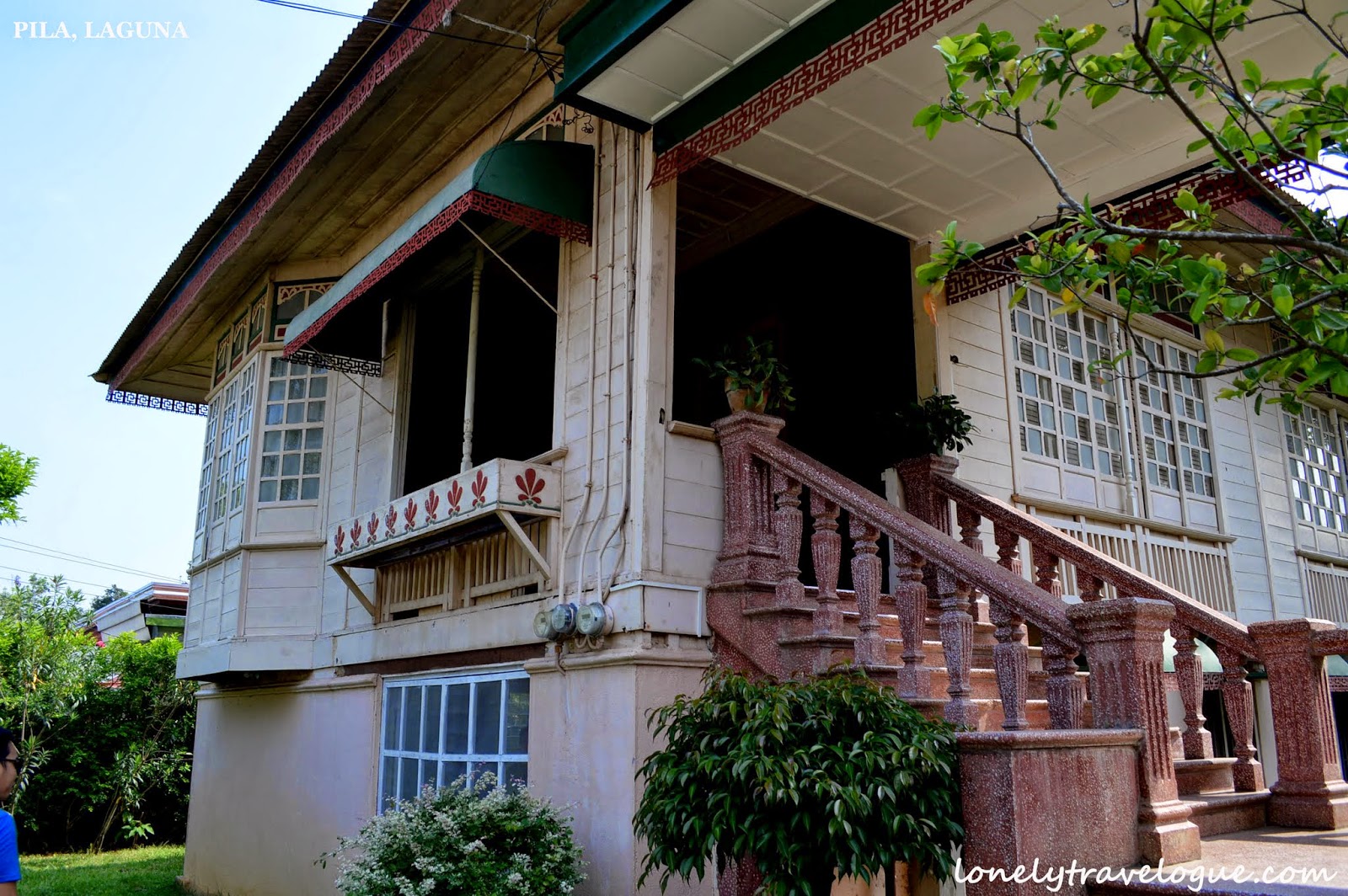
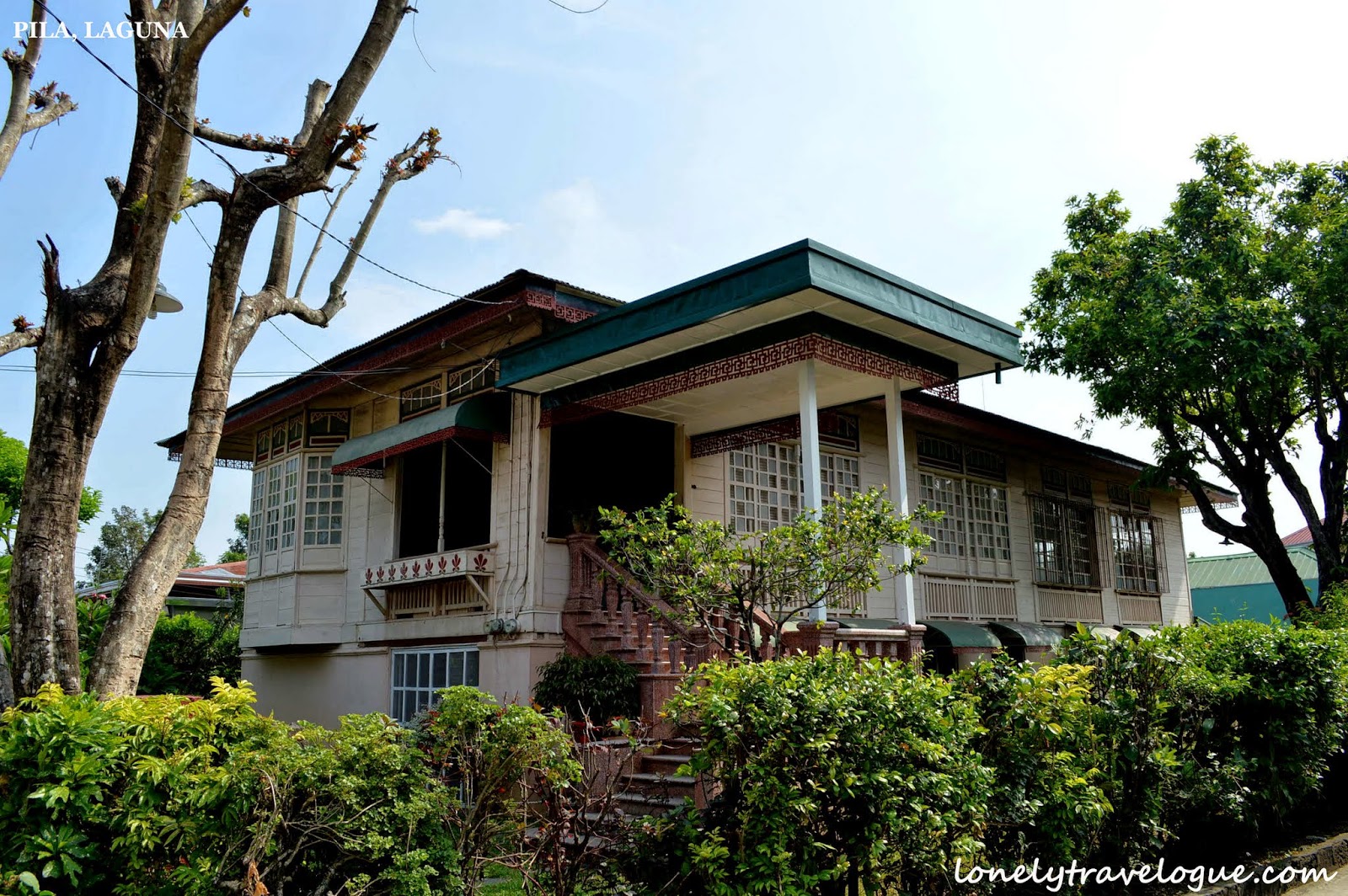
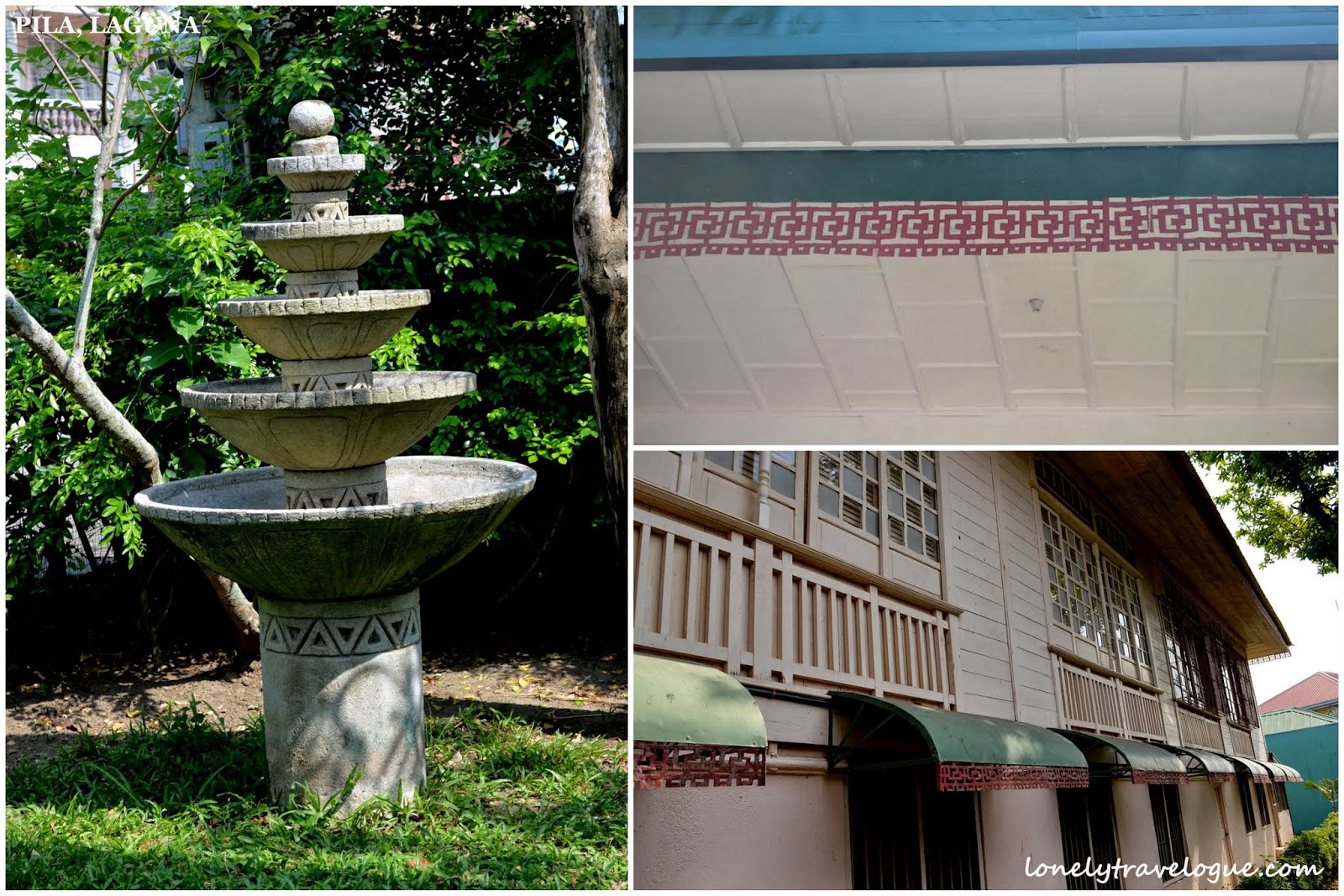
Walking down in Pila is like browsing history books. I cannot contain myself to look in the detail of each houses that I pass by. Every window, door, vernda, even the base and intricate design of the ceiling are worth every shot.
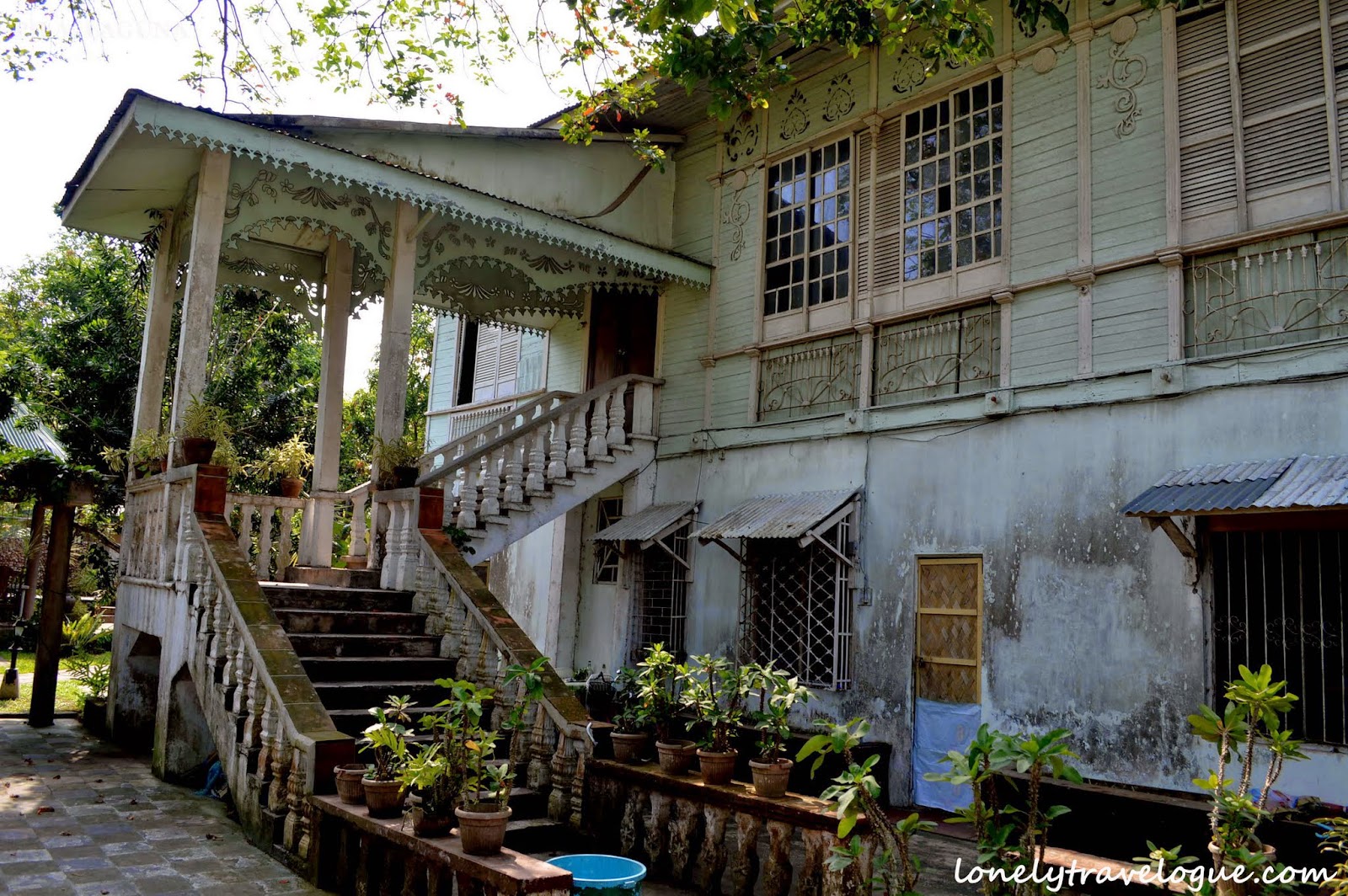
Corazon Rivera House

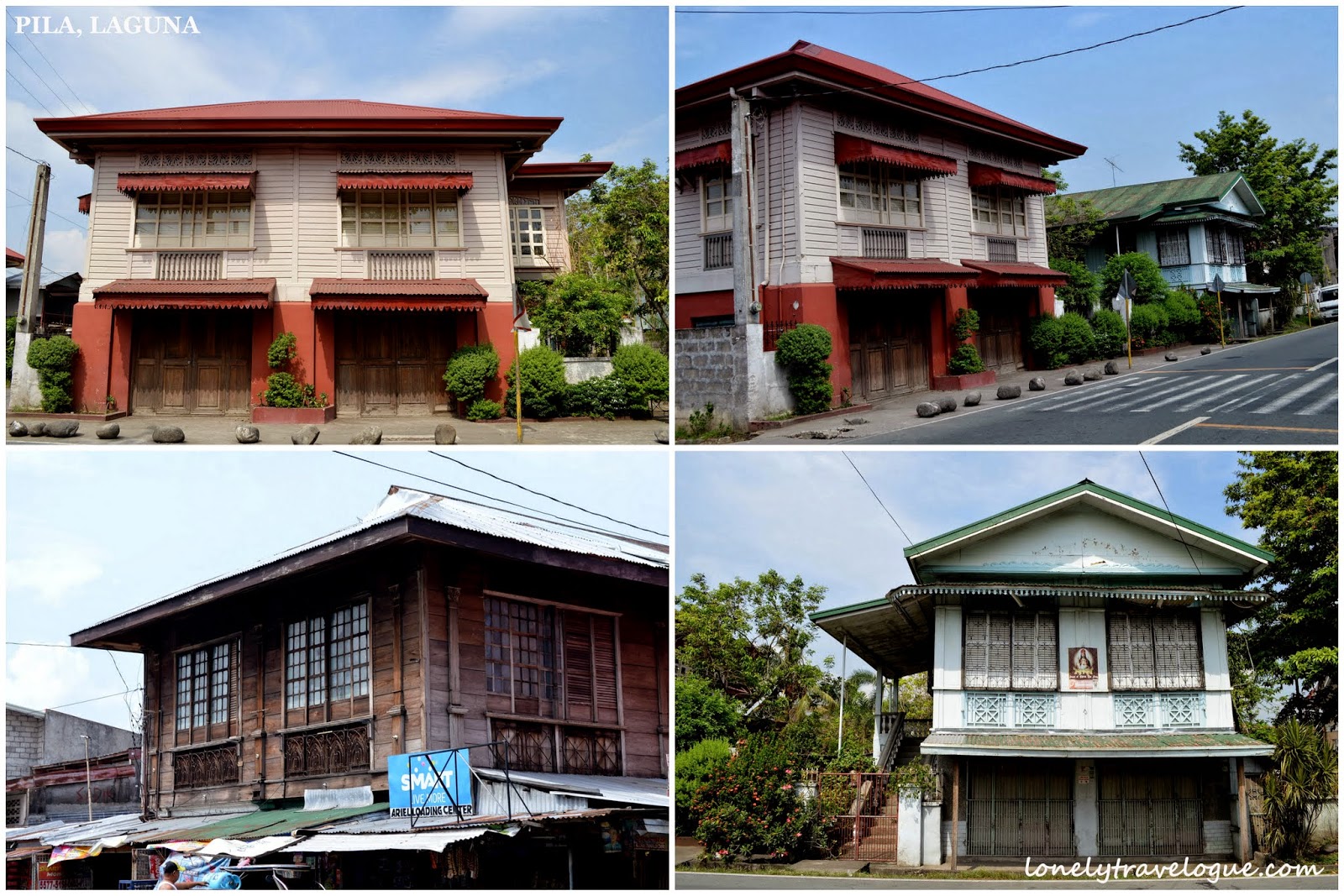
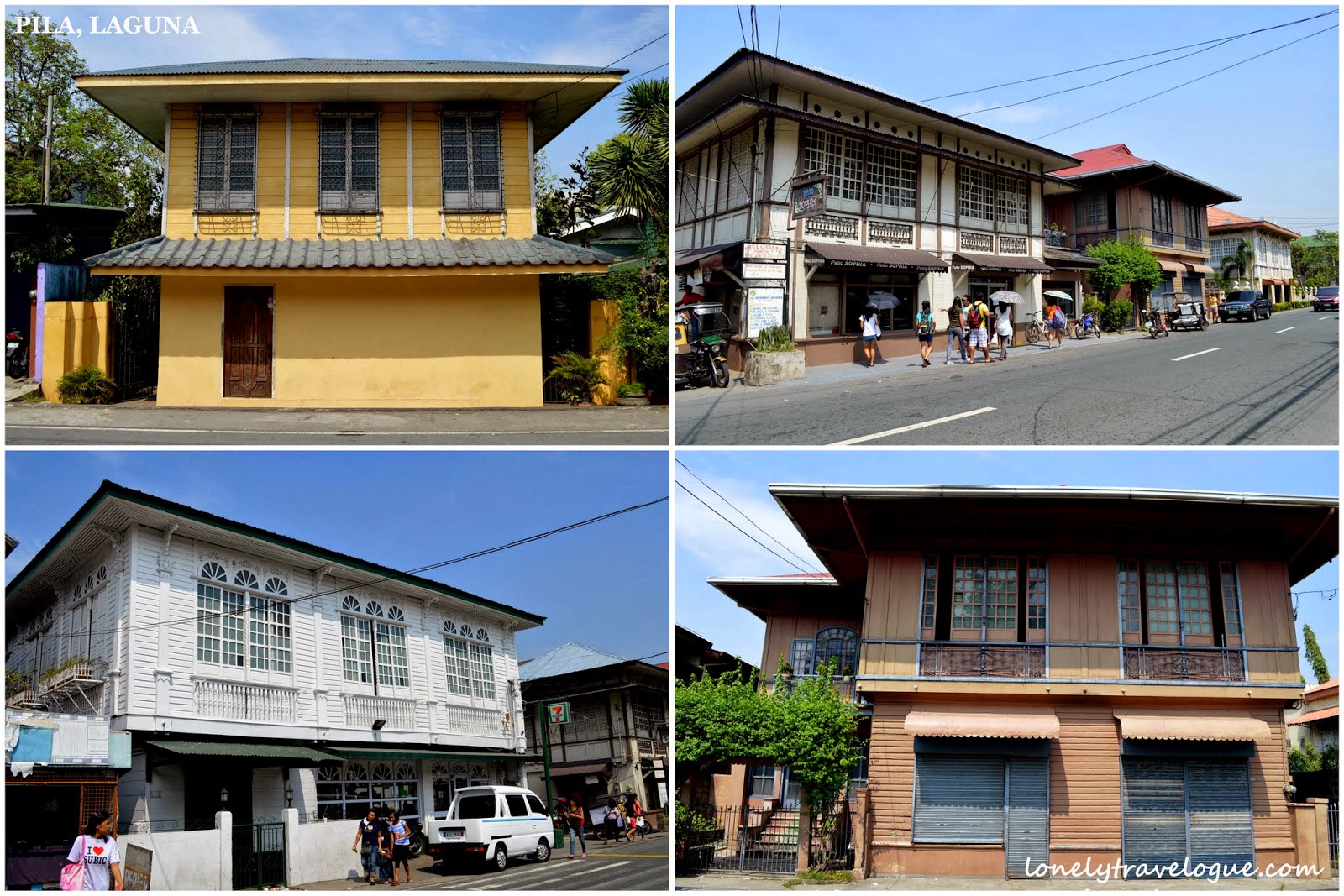

Some of the houses in Pila are used as shooting site for many television shows and films. The long run morning show Please Be Careful with my Heart was shot in the noble town of Pila. Although the name Pila was not used to describe Maya’s hometown. I wonder why they keep on hiding the real name of the town (maybe for fictional purposes).

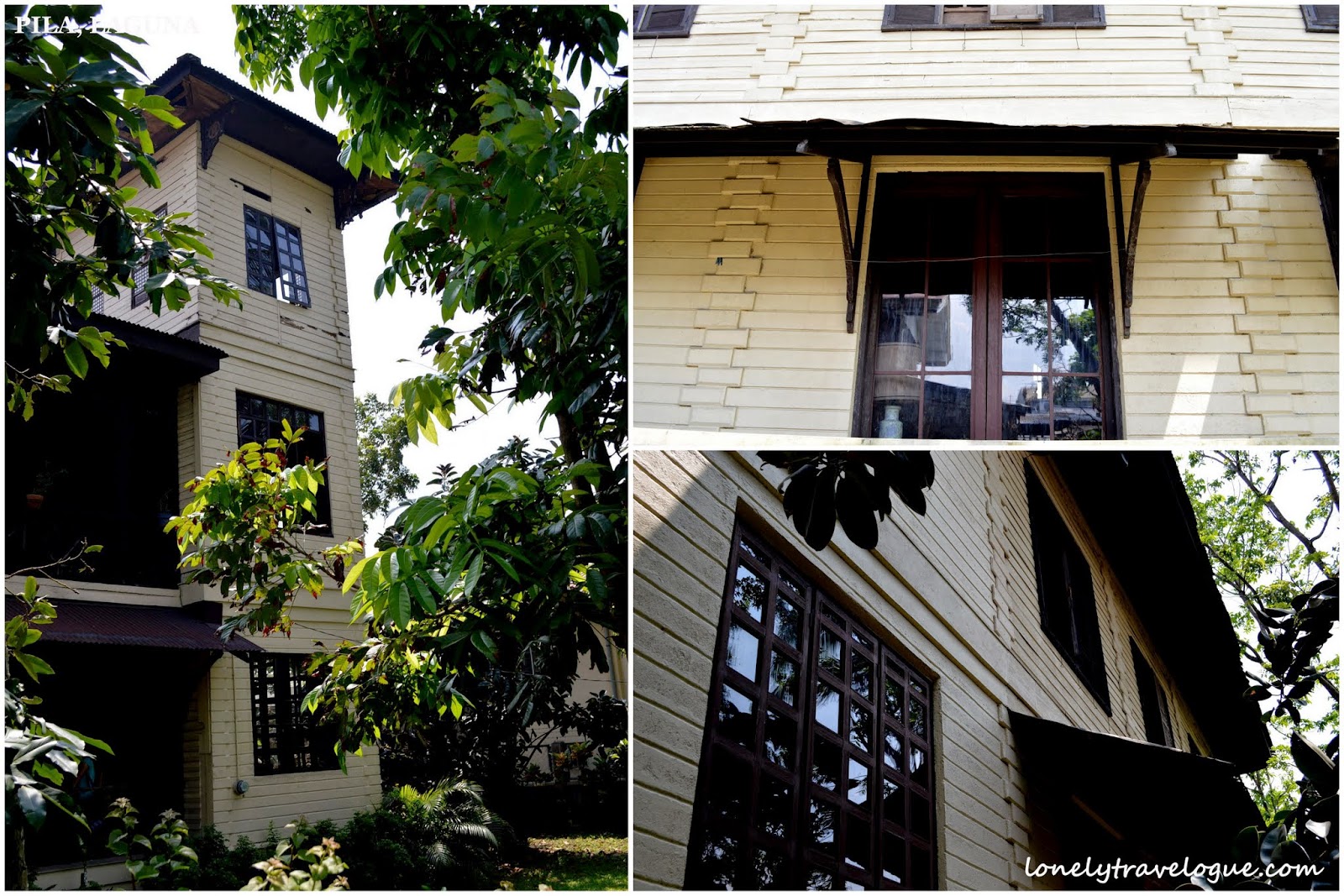
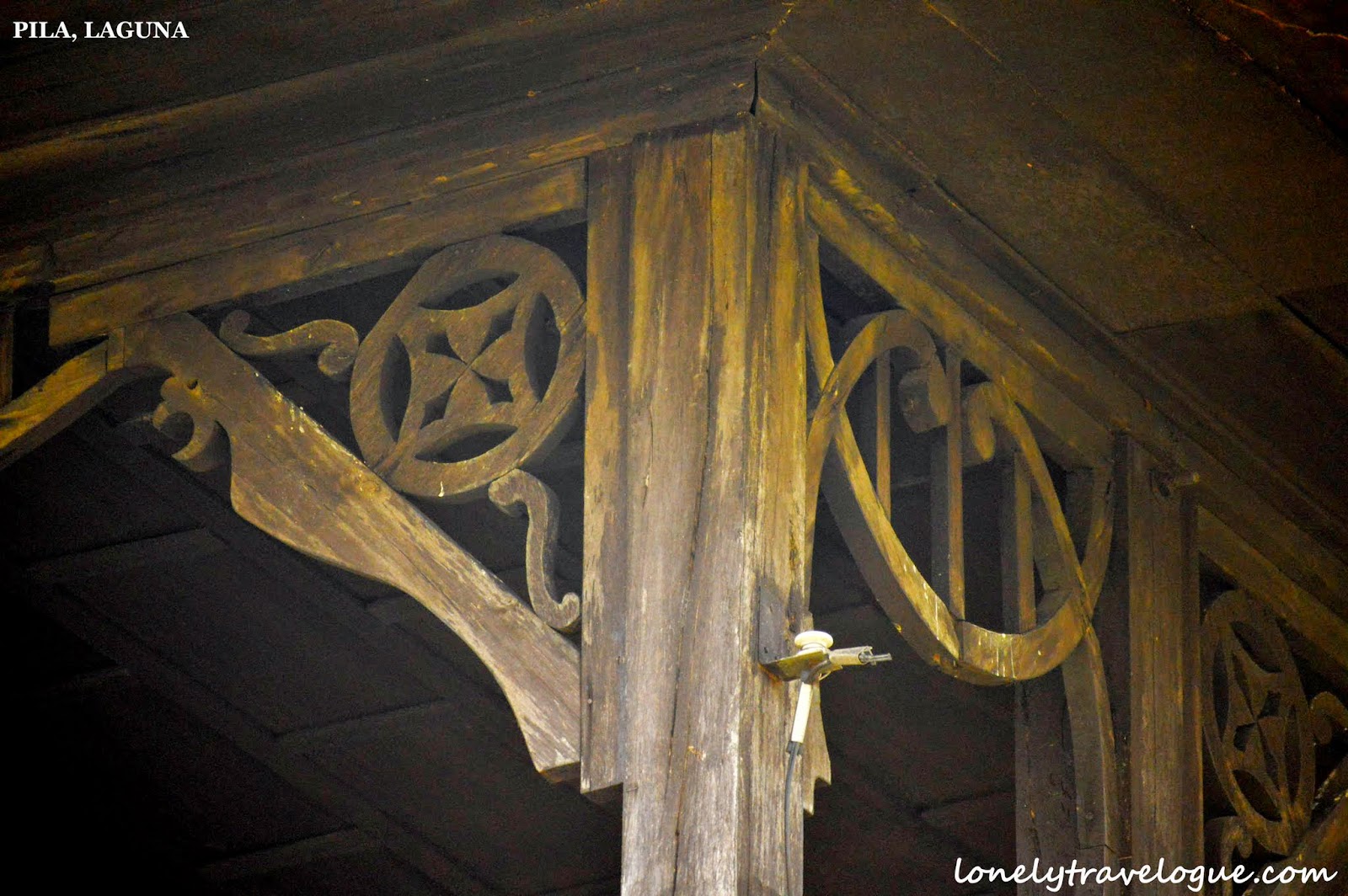
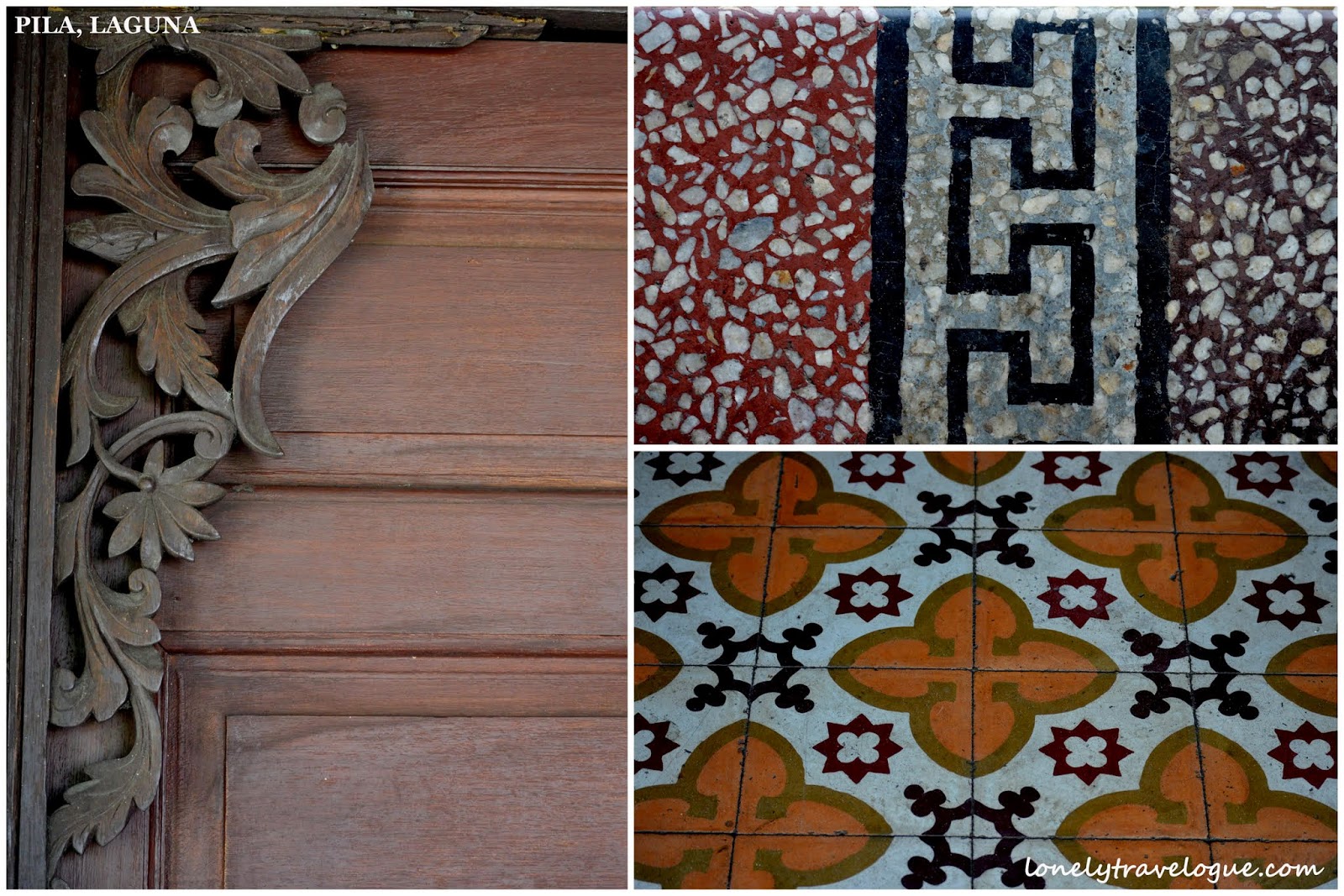
A weekend getaway is enough to explore the town pf Pila Laguna. But if you want more exploration, Laguna is very rich in historical sites as well as natural attractions such as waterfalls. I will be posting a blog for every town I visited and will visit in Laguna.
How to go to Pila:
1. From Manila take a bus in either Cubao in Quezon City or Buendia in Pasay City bound to Sta. Cruz Laguna. Fare is about Php120.00
2. Tell the driver to drop you in Pila “loob” Travel time is about 2-3 hours depending on the traffic in Los Banos and Calamba.

